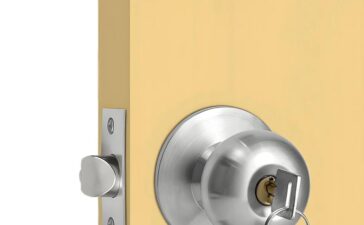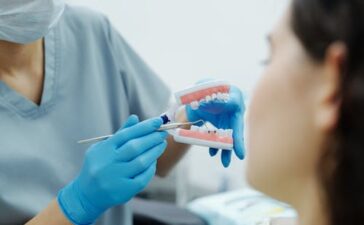Are you keen on taking a first aid course? Here is a quick overview on the key things you will learn.
CPR
The first thing you will learn at your first aid class is how to perform CPR or cardiopulmonary resuscitation. You can look for an online CPR course in Australia if you want to master the technique for a special purpose such as for your profession as a lifeguard for instance. CPR, just like you have seen too often on television, is a lifesaving technique.
It can most certainly prevent death from drowning or a cardiac arrest, given that it is performed in the right manner, and of course, on time.While it certainly may look like a simple act to perform, there is a certain manner in which it is done, which you would need to learn and practice before being able to apply it in a real-life scenario. During the first few sessions of your first aid class, you are likely to go through thorough learning and training on CPR.
Under this section you will also learn about a device called Automatic external defibrillator (AED) – what it is used for and how.

Aid During Choking
Choking scenarios are extremely common, and can happen at home or elsewhere, any time to anyone. A choking person, whether an infant or an adult, requires immediate aid to help alleviate whatever is causing them to choke. It can be food particles that are blocking their airways, or it could be that a blockage has been caused due to some other reason.
Blocks in the airways need to be cleared instantly within a minute or two before it can cause brain damage, and this can only be done by back thrusts and abdominal thrusts. Again, it is important to learn how exactly this is done in order to save a life.
Wound Care and Dressing
Wound care is the next great thing you will learn at your course. Scenarios where people get burns, cuts and bruises can happen often even at home on a normal day. Burns in particular need to be treated with great care depending on the level of damage to the skin.
Cuts and bruises require specific treatment and dressing, too. In the case of excessive bleeding, you need to know what to do to stop the bleeding. This requires thorough learning and training before you can have hands-on experience, which you will receive during your course.

Splints for Injury
One thing you need to learn about when it comes to accident scenarios is to set a splint in case of a broken bone or severely damaged muscle. Setting a splint to prevent body movement can prevent further damage to the affected area. If this is done right, you might even save someone from undergoing major surgery, making them able to be treated sufficiently with physiotherapy and medication.
Aid During Poisoning
This is another crucial part your course will cover. Poisoning again isn’t uncommon, and can even happen at home. Whether it is poisoning from gasses or chemicals, plants, stings or bites, they all require special aid and care immediately. Each case is different, and unless you take a course, you would not know what to do during a particular scenario.









